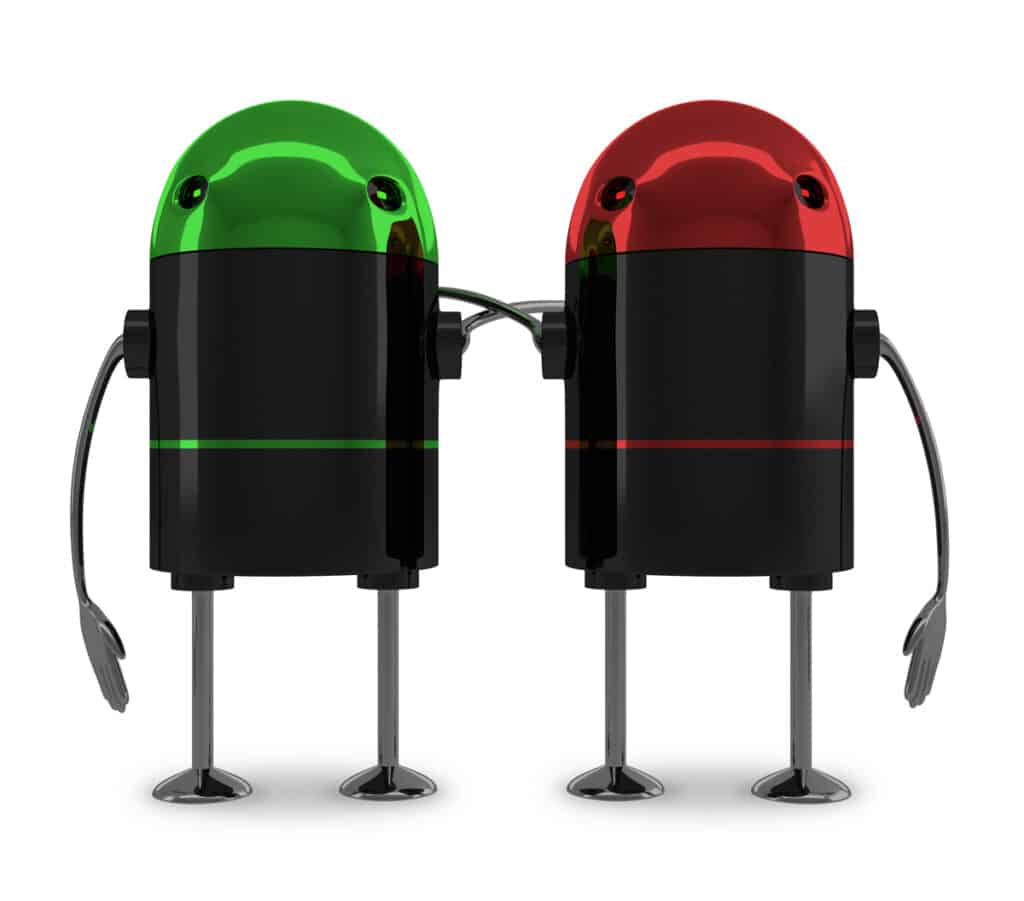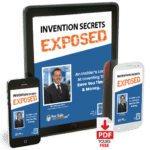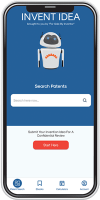Patenting an Idea Similar to a Known Patent

So you have an idea for an invention that is going to change the world. Or maybe it won’t change the world, but at the very least it will change your world, because you believe in your idea and you also have the hope that it will make you some money.
Inventors and Patents
Inventors have been inventing and patenting ideas for hundreds of years. The first Patent Act of the U.S. Congress was passed in 1790, and the first US patent under this law, was granted to Samuel Hopkins on July 31, 1790. Hopkins had devised an improved method for producing potassium carbonate (potash). There is no proof that Hopkins ever got rich from his patent, but there have been many inventors since whose inventions have lead to fame and fortune. Some of the best known from earlier years include Thomas Edison (he held 1093 US patents), Henry Ford (he held 161 US patents) and Alfred Nobel (he invented dynamite). More recent inventors who became very wealthy from their endeavors include Steve Jobs and Elon Musk.
Elements of Patentability
Before you are able to patent a new idea, certain criteria must be met. The invention or proposed concept have to be useful, nonobvious and novel.
Useful
For an idea or invention to be patented, it has to be useful, having at least one specified use.
Nonobvious
An idea or invention must be nonobvious. An Inventor cannot patent something that is so obvious that anyone with ordinary skill in the field related to the invention would naturally have thought of it. Even with similar inventions, the differences have to be nonobvious. They have to be of such a nature that not just anyone would logically think of making those changes to arrive at the new item.
Novel
Novelty is defined by patent law, and refers to the originality of the concept. An invention or concept cannot be patented if it was previously patented or described in any publication, or if it was known or used by others before the applicant invented it, or if it was in public use or on sale for more than a year before the application to patent was made. To find out if your idea is novel, you’ll have to search for prior art.
Prior Art
If someone had at any time previously described, sketched or made something similar to your invention, it is known as prior art. It does not have to exist physically; proof that it was thought of is enough. And anything can be seen as prior art, be it centuries old technology or even a description of a ridiculous idea that could not possibly work. Off course, the most common form of prior art is existing products.
Can I Patent an Idea That Is Very Similar to an Existing Patent?
The short answer is yes. Because in truth, prior art exists for just about every invention ever made. Novel ideas don’t just materialize out of nothing, they are inspired by things that already exist and they often improve upon prior innovations. Most patented designs or ideas can be copied to some extend without too much effort, and it is up to you to decide if you’ll base your design on an existing patent using a different approach. If you choose to do this, you will have to figure out how your design will differ from and improve upon the original and why it deserves to be patented.
A great example of a patent based on another existing patent is the Starbucks coffee cup sleeve.
Starbucks and Jay Sorensen
In 1991, Jay Sorensen spilled hot coffee on his lap, because the paper cup he was holding was burning his fingers. This led to an a-ha moment, from which the “Java Jacket” coffee cup sleeve was born.
Early on, Starbucks showed an interest in Sorensen’s cup sleeve, but he was not satisfied with the terms Starbucks was offering him. He forged on ahead by himself and applied for a patent. Soon after it was granted, Starbucks started developing their own coffee cup sleeve.
The Starbucks Way
Starbucks started by determining the need, as all patents should be useful. The need, in this case, was for a sleeve that would fit on the outside of a paper cup to prevent coffee drinkers’ hands from getting burnt.
Then they looked at how others were doing it. Sorensen’s cup-sleeve design hinged on the use of a dimpled material, which allowed coffee drinkers to hold a hot cup without having their hands come into contact with the full surface of the cup, thus protecting them from burning.
The Starbucks inventors asked themselves if they could improve on Sorensen’s design, or perhaps modify it in such a way that it could be different in function, form or material composition without it being an “obvious” change to the original design. They knew that one of the criteria for patentability was the nonobvious factor. Changes to an existing patent should be nonobvious, and therefore they had to start thinking outside of the box.
The inventors knew that a change in material alone is not generally viewed as a nonobvious change, and therefore it is not enough grounds for filing a new patent. They started looking at the pressed dimples of Sorensen’s sleeves, as the dimples was the secret to the sleeves’ success. It required a specific type of material to successfully retain the dimpled effect, but if they could do away with the dimples and get the same results by using a different material, that would certainly constitute a nonobvious change to the original design. Because they wouldn’t simply be changing the material for change’s sake, they would be substituting the dimples, the reason why the sleeves work so well, for something different.
It took some thinking, but they finally arrived at the idea of using two thin cardboard sheets separated by a narrow corrugated insert. As corrugated paper wasn’t generally being used for heat insulation at that time, using it for a coffee cup sleeve was not considered an obvious substitution of materials. Sorensen unfortunately limited his patent to the precise description of his coffee cup sleeve, leaving the door open for others to create different types of cup sleeves. Considering this, Starbucks was granted their own patent for their unique solution to the problem.
Takeaway
Don’t be discouraged if you if you find that there are prior art, patents or products similar to your idea. See it as a challenge and figure out exactly what your idea would entail, and how it can be different and better than the rest. Don’t limit yourself to only one way of doing things. Think outside of the box. Even though you might not have been the first to have come up with an idea to solve a specific problem, or improve a product, process or system, get ready to prove and elaborate on the reasons why your solution is the best.








